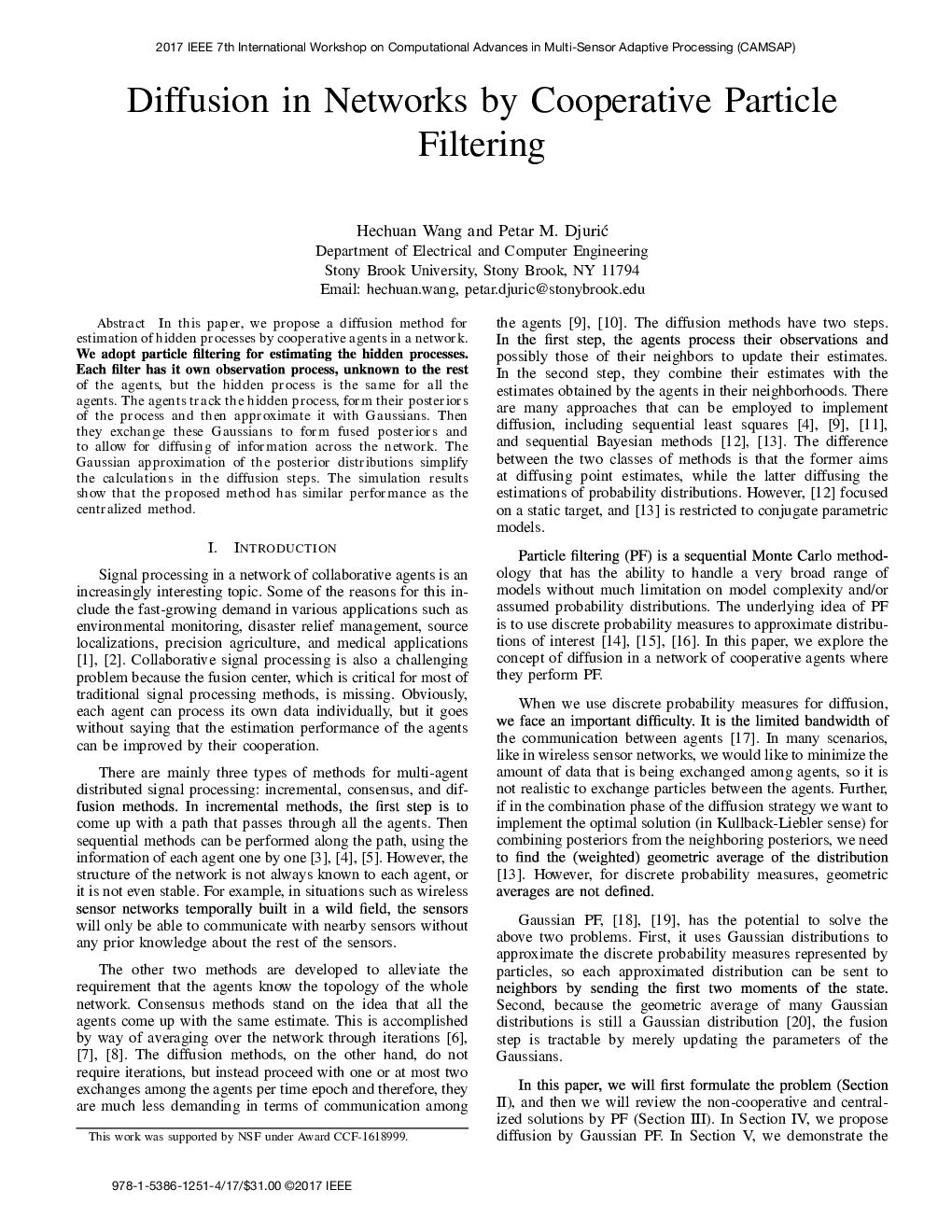| Article ID | Journal | Published Year | Pages | File Type |
|---|---|---|---|---|
| 5013782 | Engineering Fracture Mechanics | 2017 | 5 Pages |
Abstract
The effect of wire speed on dynamic stress intensity factors (DSIFs) at subsurface crack tips in the wire sawing process of single crystal silicon carbide (SiC) is investigated. The analysis of wire speed is converted to dynamic excitation loads due to moving diamond abrasives on wire saw. The excitation loads are obtained from stress field around the abrasives considering the morphology of abrasives and scratching depth. The governing equations are established for the hexagonal crystal structures of SiC, and solutions under the dynamic excitation load are calculated using Laplace transformation and Fourier transformation. Results show that the scratching angle and length of cracks have a great influence on the DSIFs. However, the effect of wire speed on the ratio of maximum DSIFs and maximum static stress intensity factors (SSIFs) is relatively small when the wire speed is less than 100Â m/s. This indicates that the wire sawing process can be simplified as a quasi-static process when analyzing subsurface cracks problem.
Related Topics
Physical Sciences and Engineering
Engineering
Mechanical Engineering
Authors
Peizhi Wang, Peiqi Ge, Wenbo Bi, Mengran Ge, Tengyun Liu,
